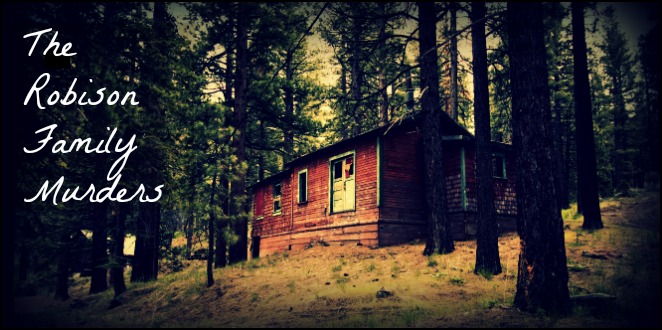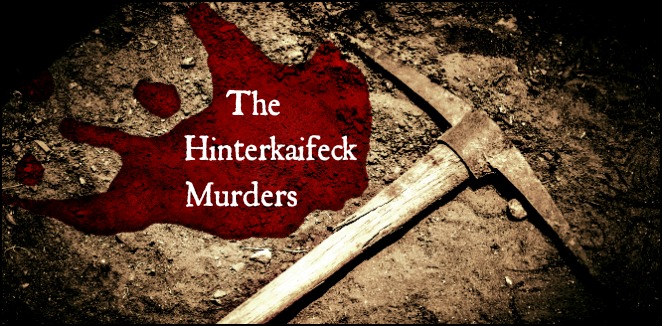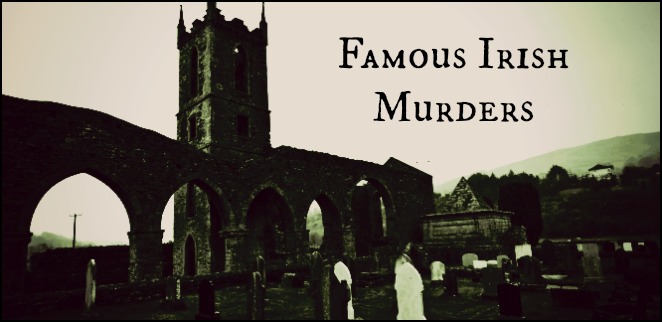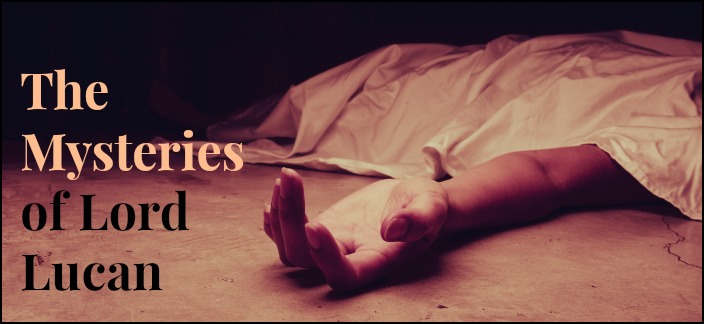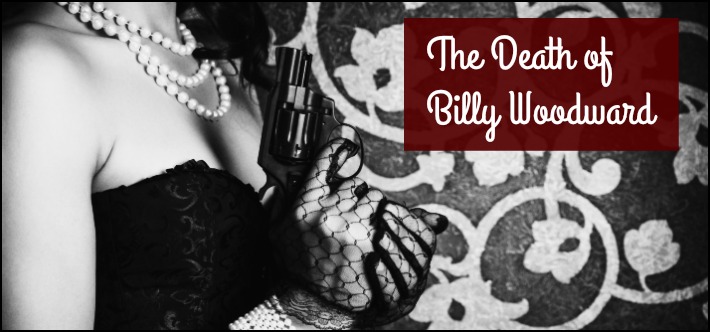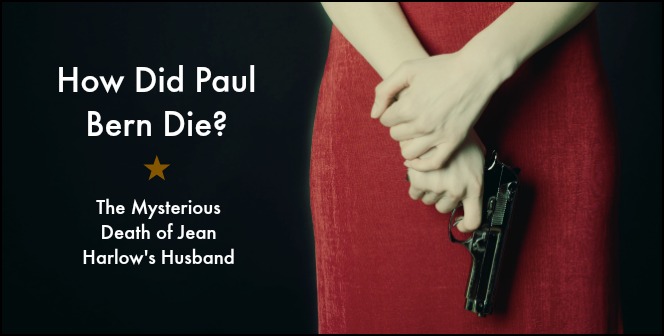
Though she was America’s “Blonde Bombshell,” in many ways movie star Jean Harlow led a less-than-glamorous life.
She came from Midwestern roots, having been born Harlean Harlow Carpenter in Kansas City, Missouri in 1911. Her father, a dentist, and her mother, a homemaker, had an unhappy marriage and divorced when Harlean was 11 years old. An only child, Harlean was indulged by her overprotective mother, who pushed Harlean into show business after the elder woman failed to make her own mark in Hollywood.
As “Jean Harlow” (her mother’s maiden name), Harlean started with bit parts, then signed a contract with director Hal Roach, who cast Harlow as a “swanky blonde” in a Laurel and Hardy short. Harlow next signed a contract with director Howard Hughes, who featured her as a vamp in the 1930 film Hell’s Angels. She later appeared alongside James Cagney in director William A. Wellman’s The Public Enemy, which became one of the top box office draws of 1931.
By July 1932, when Harlow married Metro-Goldwyn-Mayer executive Paul Bern, her future in entertainment seemed as bright as the platinum-hued hair that had become her signature trait…until September of that year, when Bern died from a gunshot wound that, while officially ruled suicide, left many people wondering whether it had actually come at the gunpowder-streaked hands of a women who had loved him.
Harlow’s marriage to Bern had been the talk of Hollywood, mainly because of the odd coupling it produced. Bern, a native of Germany, was nearly twice the age of his 22-year-old bride and was as mild-mannered and unassuming as his wife was fun-loving and uninhibited. He was short and balding, with an average appearance, while Harlow’s hourglass figure, sparkling green eyes, and gleaming smile—not to mention the pale blonde hair that had women across the country rushing to beauty salons for a similar look—accounted for much of her on-screen success.
Still, what Bern lacked in aesthetic appeal he made up for with intelligence. He had a thriving career as a writer, director, and producer, and was so well-known for his kindness and intellect that he earned the nickname “Hollywood’s Father Confessor” (a marked contrast to his wife’s “Blonde Bombshell” persona). Bern and Harlow had been friends before they started dating, and Bern had convinced MGM executives to purchase Harlow’s contract from Hughes, a move that boosted her fame to even greater heights. The couple was engaged for only two days before their July 2 wedding. Tinseltown gossips attributed the union to Bern’s desire to marry an attractive ingénue and Harlow’s desire to use her husband’s connections to advance her already thriving career.
Whatever Bern’s and Harlow’s goals for their marriage, barely enough time passed for the newlyweds to achieve them. On September 5, 1932, less than 10 weeks after the wedding, Bern’s nude body was found by his butler in Bern’s and Harlow’s Beverly Hills home. A .38-caliber revolver, which had driven a bullet into Bern’s head, lay on the floor next to him. In what was common practice during Hollywood’s early years—when any hint of unpleasantness in the lives of its stars could mean disaster at the box office—the first phone call placed upon the discovery of Bern’s body wasn’t to the police but to MGM, whose executives rushed to the scene to assess the situation and conduct damage control if needed.
No one knows exactly what the studio brass did upon their arrival in the Bern/Harlow home, but it’s safe to assume they searched the premises for anything that could prove incriminating to the newly widowed Harlow. (Jean hadn’t been home when her husband’s body was discovered, nor, she would later state, was she there at the time of his death.) The police didn’t arrive until two hours after the MGM executives did, and by that time the scene they encountered had almost certainly been compromised. Eventually authorities became aware of a clue that indicated the possible cause of Bern’s fate: a suicide note that studio head Louis B. Mayer said he had found in the home and in which Bern told Harlow that his death was “the only way to make good the frightful wrong [he] had done” and to “wipe out [his] abject humiliation”.
What did these statements mean? During the inquest that investigated Bern’s death, it was alleged that Bern was impotent and that his embarrassment over the condition – made even more profound by his marriage to a beautiful starlet – had led him to end his life. Testimony from the butler who had found Bern’s body supported this theory, as the butler indicated that though Bern and Harlow had a loving marriage, Bern had talked about killing himself. The assumption that arose from this testimony was that Bern’s alleged inability to have intercourse with his wife had plunged him into a depression from which he saw death as the only release.
However, other evidence from the inquest contradicted this theory behind Bern’s death. The couple’s gardener said he had never heard Bern bring up the idea of suicide. The gardener also stated that Bern and Harlow had a less than affectionate marriage, not the fairy-tale relationship in which MGM and Harlow wanted the public to believe (and, by extension, over which Bern would have deemed it necessary to kill himself). In addition, Bern’s cook stated that on the night Bern died, she had seen an unknown woman – not Harlow – on the grounds of the home and that she had also found two empty glasses and a woman’s bathing suit, in a size other than Harlow’s, near the couple’s pool. If the cook’s testimony was to be believed, it would seem that Paul Bern hadn’t been alone on the night—and maybe even at the time—of his demise.
After reviewing the testimony, the inquest came back with an official cause of death: suicide. Yet while the matter was settled in the books, not everyone believed that Paul Bern had killed himself. A minority of skeptics believed that Harlow had killed Bern and that MGM executives’ visit to her home was an attempt to cover up the evidence of her crime.
A more commonly proposed suspect – assuming that Bern had not, in fact, killed himself – was Dorothy Millette, Bern’s former common-law wife. Though his relationship with Millette had ended upon her committal to a sanatorium in the early 1920s, Bern had stayed in touch with her and continued to support her financially after their separation. Was Millette the mystery woman whom Bern’s cook had seen on the night of his death? The fact that Millette drowned herself in California’s Sacramento River two days after Bern’s death added an element of believability to this theory. Proponents of the “Bern-was-murdered” hypothesis believe that the suicide letter had either been faked or was a letter Bern had written long before his death about a completely different topic. The skeptics’ assumption was that MGM executives believed it would look better for Harlow to be the widow of a husband who had committed suicide rather than the widow of a man whose former lover had killed him.
To defuse the scandal surrounding Bern’s death, MGM arranged a quick marriage for Harlow, to cinematographer Hal Rosson in 1933; the couple divorced eight months later. In the ensuing years, Harlow’s film career remained strong, but her health did not. She had struggled with medical issues throughout her life and fell seriously ill in 1937 during the filming of the movie Saratoga. Harlow died of kidney failure on June 7 of that year at the age of 26. To her dying day, she never spoke publicly about Paul Bern’s death.

